Zen gardens, or karesansui (dry landscape gardens), have been part of Japanese tradition for centuries. Known for their simplicity, serenity, and symbolism, these gardens are designed to inspire mindfulness and reflection. Traditionally, Zen gardens cover large spaces in temple courtyards, but the beauty of their design principles is that they can be adapted to even the smallest balcony, patio, or corner of your yard.
If you’ve ever longed for a calming retreat but thought you lacked the room, here’s how to create a Zen garden in a small space that radiates peace, balance, and natural beauty.
Step 1: Understand the Philosophy Behind Zen Gardens
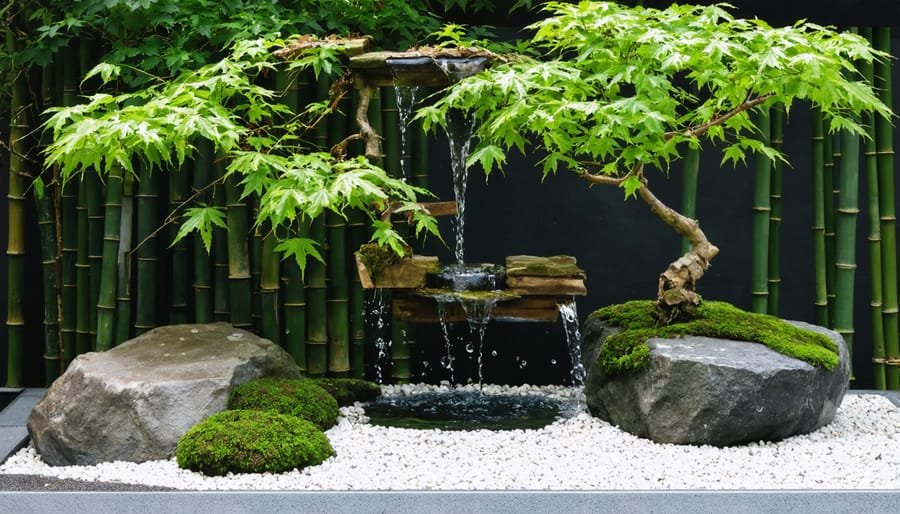
Before diving into design, it helps to know what makes a Zen garden unique. Unlike lush, sprawling gardens, Zen gardens are minimalist. Their key elements—rocks, sand, gravel, and carefully chosen plants—are arranged to symbolize mountains, rivers, or islands. The goal is to evoke the vastness of nature within a confined space and encourage quiet contemplation.
The essence of a Zen garden is simplicity, balance, and harmony. Every element should have a purpose, and nothing should feel cluttered.
Step 2: Choose the Right Location
A Zen garden doesn’t require a large yard—you can create one on:
- A balcony or terrace with a shallow tray garden.
- A small patio corner framed with potted bamboo or trellises.
- A backyard nook, even just 6–8 feet wide.
- An indoor space using a tabletop Zen sand garden.
The key is choosing a quiet area where you can sit, reflect, and enjoy the view without too many distractions.
Step 3: Define the Space with Boundaries
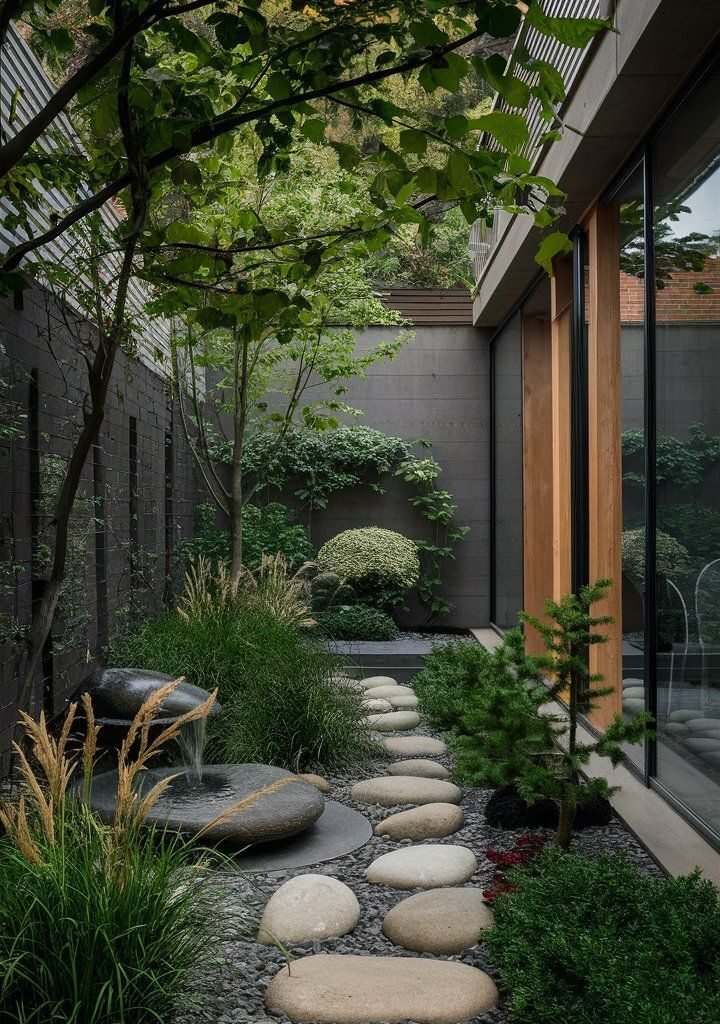
Even in a small area, it’s important to create boundaries that give your Zen garden a sense of enclosure and intimacy.
- Gravel or stone edging: Marks out the garden area.
- Low bamboo fencing or wooden screens: Adds privacy and enhances the Japanese aesthetic.
- Potted plants as barriers: Tall containers with bamboo, ornamental grasses, or dwarf conifers can create natural borders.
Defining your space makes even a small garden feel intentional and self-contained.
Step 4: Select the Core Materials
The simplicity of Zen gardens comes from using a few natural materials in symbolic ways:
- Gravel or sand: Represents water. It’s raked into flowing patterns to symbolize ripples or waves. White gravel works well for brightness in small spaces.
- Rocks and stones: Represent islands, mountains, or strength. Arrange them in odd numbers (three or five) for a natural, asymmetrical look.
- Moss: Adds a touch of green and symbolizes resilience. In small gardens, patches of moss or mossy stones soften the space.
- Wood or bamboo: For bridges, screens, or stepping stones, adding warmth and balance.
Pro tip: Use a shallow container, tray, or raised bed filled with sand and stones for a tabletop Zen garden if your space is extremely limited.
Step 5: Add Minimalist Plantings
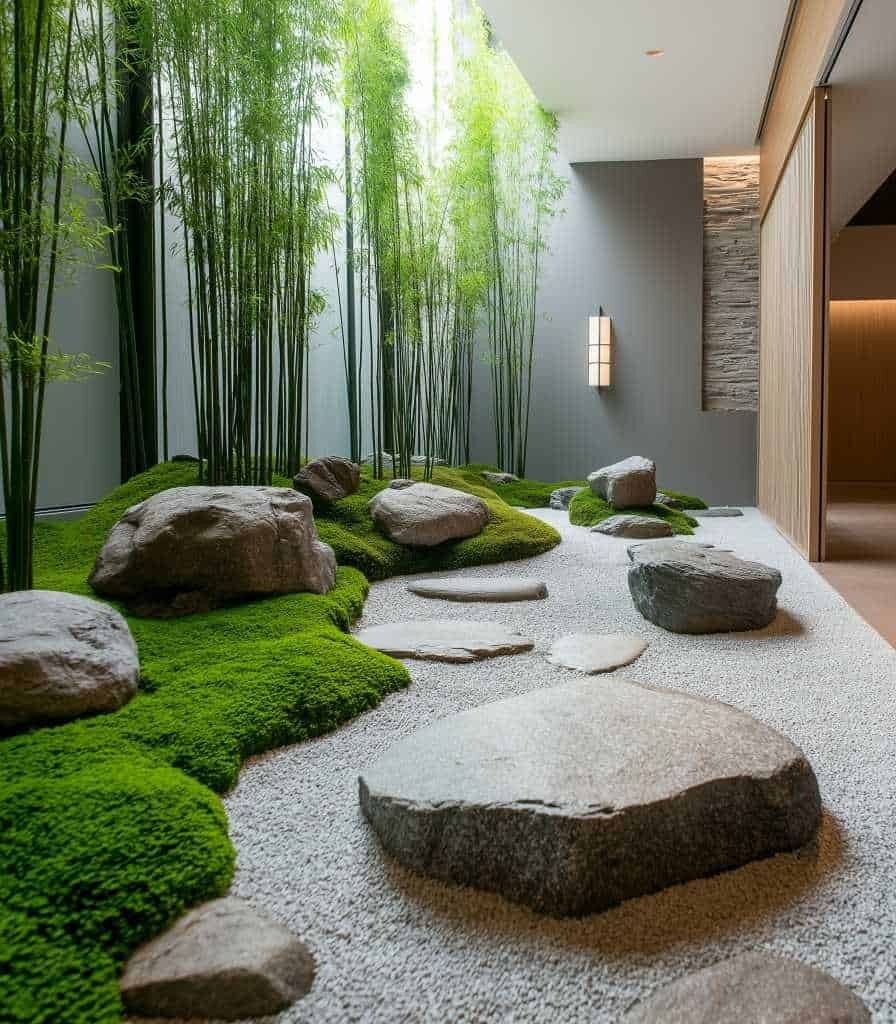
While traditional Zen gardens often feature no plants at all, incorporating greenery into small-space gardens can enhance serenity without overcrowding.
- Small-scale plants: Dwarf conifers, Japanese maples, or compact shrubs.
- Ornamental grasses: Graceful movement in the breeze.
- Bamboo (clumping varieties): Perfect for containers and vertical privacy screens.
- Groundcovers: Creeping thyme or moss for soft texture.
Remember: keep plantings simple and low-maintenance. A Zen garden should invite stillness, not more chores.
Step 6: Incorporate Water or Sound Elements
The sound of water can transform a small Zen garden into a soothing retreat. Even in tight spaces, you can add:
- Tabletop fountains: Gentle trickling water for balconies or patios.
- Bamboo water spouts (shishi-odoshi): A classic Japanese feature with rhythmic sound.
- Mini ponds or basins (tsukubai): Traditionally used for purification rituals.
If water features aren’t practical, wind chimes or rustling bamboo can provide the same calming auditory experience.
Step 7: Add Seating for Reflection
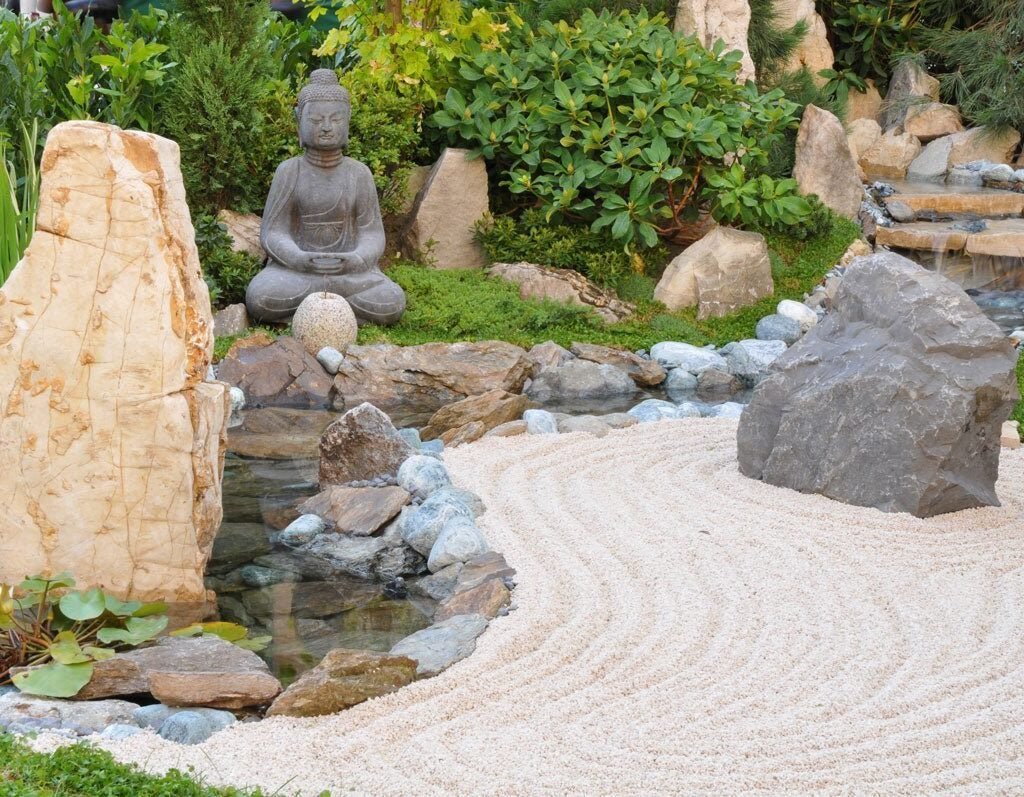
Since a Zen garden is a space for meditation and quiet thought, include a simple seat:
- A wooden bench tucked against a wall.
- A flat stone or meditation cushion for floor-level seating.
- A small stool or low chair that blends with the natural materials.
The idea is to create a place where you can pause, breathe, and enjoy the scene.
Step 8: Keep It Minimal and Balanced
Small Zen gardens can quickly feel cluttered if overfilled. Follow these principles to maintain balance:
- Limit materials: Choose three or four key elements and repeat them.
- Use asymmetry: Place rocks, plants, or ornaments off-center to mimic nature’s randomness.
- Leave empty space: Open gravel areas or bare sand create a sense of calm and spaciousness.
Think of your Zen garden as a visual haiku—short, simple, but deeply meaningful.
Step 9: Maintain with Mindfulness
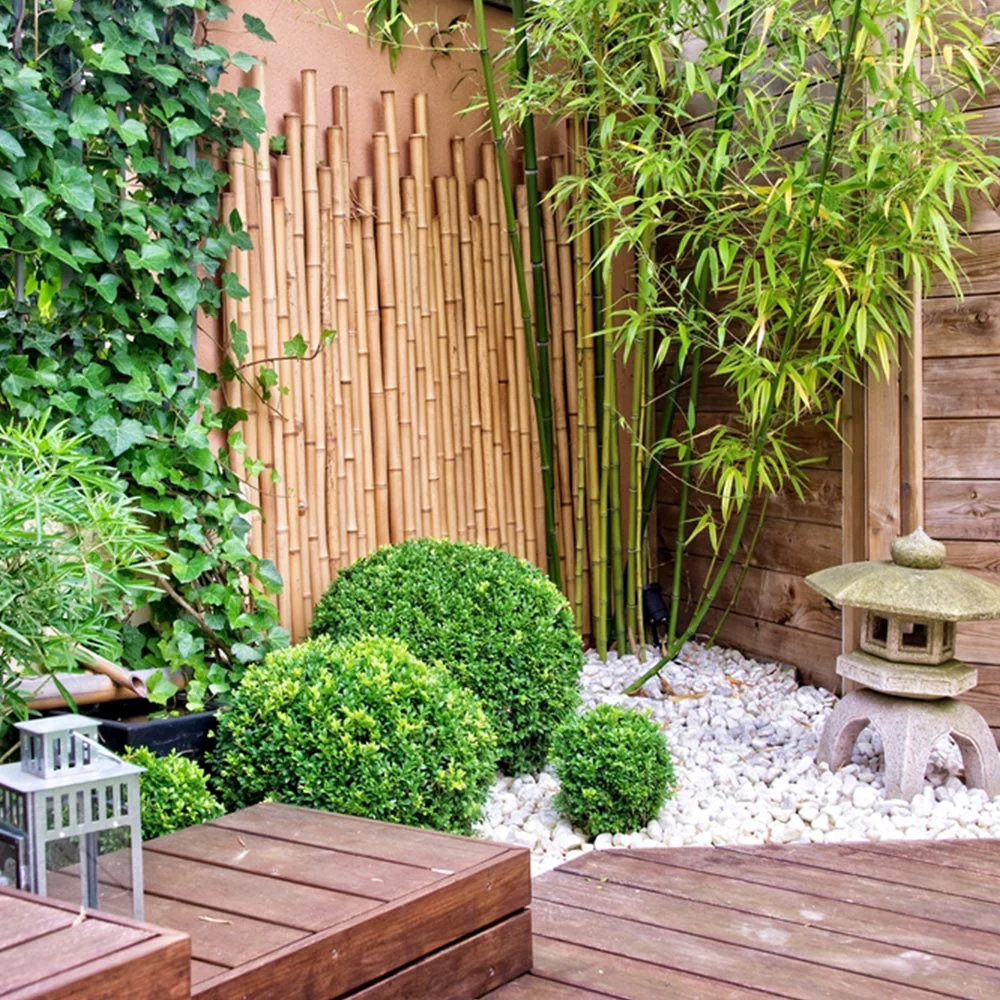
Part of the Zen garden’s charm is the act of maintaining it.
- Rake gravel into new flowing patterns as a meditative practice.
- Sweep leaves to keep the space uncluttered.
- Trim plants lightly to preserve their shape.
- Refresh sand or gravel as needed for brightness.
These small, mindful actions become rituals that connect you to the space.
Final Thoughts
You don’t need acres of land or a grand budget to create a Zen retreat. Even a small corner, a balcony nook, or a tabletop setup can embody the peace and simplicity of a traditional Zen garden. By carefully combining gravel, rocks, minimal plantings, water, and thoughtful boundaries, you can design a sanctuary that invites calm, mindfulness, and reflection all year long.
A Zen garden in a small space proves that serenity doesn’t depend on size—it’s about intention. When designed with care, even the tiniest garden can feel like an endless landscape for the mind.
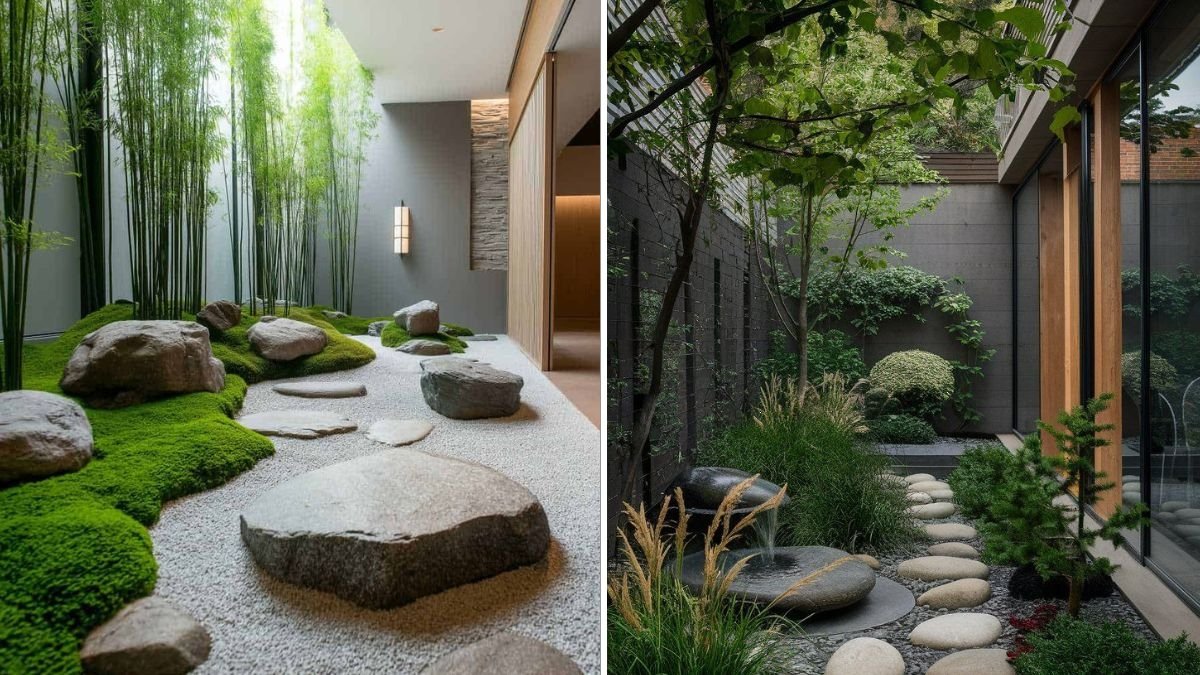





Leave A Comment